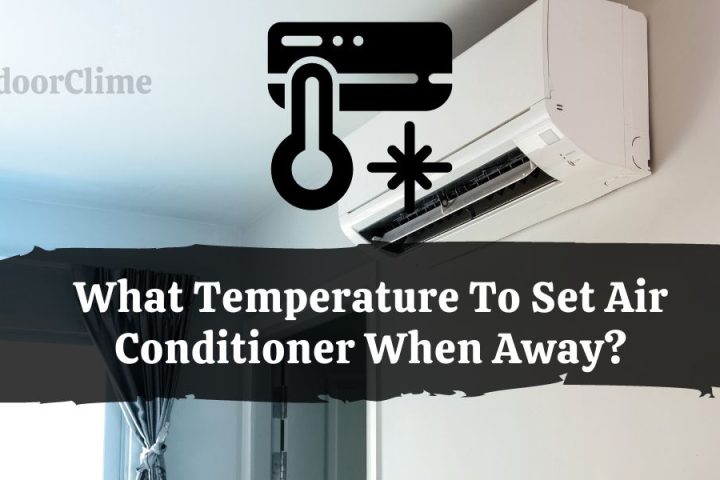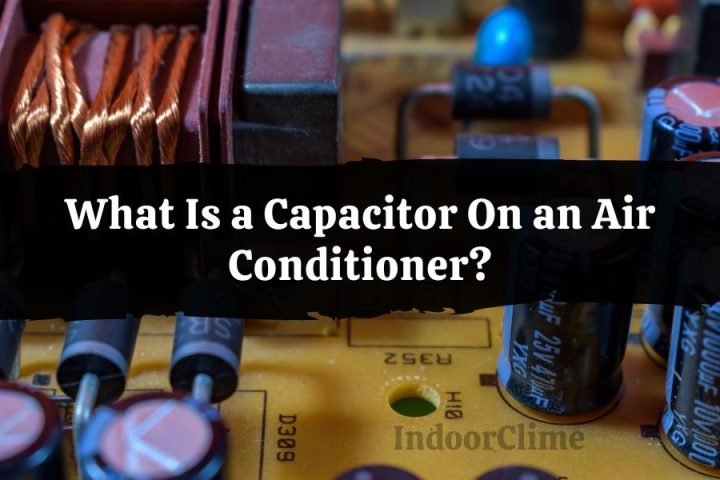Air conditioners are helpful cooling devices, especially on hot summer days. Because of their functions, they are popular in different households across regions.
According to the survey conducted by the Energy Information Administration, the majority of homes in the United States have air conditioners.
A window air conditioner absorbs the house’s heat through an evaporator coil. The refrigerant gets hot once the heat is absorbed to prepare for the condensation process. Then, the heat is released outside the house in liquid form while cold air goes back indoors to cool the home.
What Is a Window Air Conditioner?
A window air conditioner is the simplest type of air conditioner. It doesn’t need professionals for installation since easy to mount to the windows.
All parts are built-in and covered by a case. Window air conditioners are found in homes and used in offices, malls, hospitals, and theaters.
The window air conditioner has two partitions that separate the components for sucking up and conditioning the air. The capacity ranges from 5,000 to 15,000 BTU.
It is powered by electricity, so enough budget for the lifetime cost should be part of the plan. But some friendly companies will offer you an eco-friendly window air conditioner and help you save a few bucks.
Parts Of A Window Air Conditioner

Indeed, if you use an AC unit, you may encounter minor technical problems due to a long-term usage period. This will make you wonder why the unit is broken.
Knowing its components ‘ functions is vital before you can determine the problem.
Front Panel
The front panel is a part of the AC unit where you usually see the user-interfaced control. It is also where you can control the temperature in the room.
Besides the thermostat, the temperature bulb can also be controlled through the front panel. Some brands are controlled electronically, while older units are controlled mechanically.
Air Filter
An air filter in front of the evaporator looks like a thin net with small holes. It covers most of the front part of a window air conditioner.
Some air filters can be detached, while others will only require you to pop them out. For maximum performance, regular cleaning of the air filter is needed.
Propeller Fan
A propeller fan is a disk-type wheel typically mounted on a plate with a belt drive motor. Its function is to circulate the air that is being cooled down.
An evaporator blower has a double shaft connecting the indoor and outdoor propeller fans. It helps the air circulation and discharges the cool air into the room.
Aside from propeller fans, they are also different AC fans like centrifugal fans, axial vane fans, and tube-axial fans.
Evaporator coil
You can see the evaporate coil in the front without the front unit and casing. It consists of thin aluminum sheets with copper pipes wherein the refrigerant air flows back and forth.
Working with the condenser coil makes exchanging heat possible, resulting in cool air inside the room.
Filter Drier
A filter and a drier combination, a filter drier captures air moisture. Water can turn into acids that can freeze up and erode the metallic components of an AC unit.
Within the filter-drier are desiccants that absorb the water. Some common types of desiccants are silica gel, activated alumina, and molecular sieve.
Aside from absorbing water, the filter drier provides physical filtration. This component prevents debris from getting into the compressor and damaging it.
Compressor
The compressor is the black cylinder at the back of the evaporator coil. It pumps and compresses the refrigerant air from the evaporator to the condenser coil and goes into a continuous loop cycle.
Condenser Coil
A condenser coil is located at the back of the outdoor AC unit’s metal wiring. It helps eject the heat to the outside air in a liquid form.
How Does a Window Air Conditioner Work?
Understanding the air cycle will clear out confusion if you are curious about how the window air conditioner works while keeping the air fresh and cool.
The Room Air Cycle
The room air refers to the moving air inside and in front of the AC unit. Once you turn on the device, components like the blower, compressor, and evaporator coil will start operating.
Once the blower starts working, it will absorb the air with a high temperature inside the room. First, the hot air will pass through the filter, where the dust will be expelled.
Next, the cooling coil will absorb the hot temperature from the air. At the same time, it will lessen the moisture present in the air.
The low-temperature air will go through a tiny duct and be released through the front panel. Once the cool air absorbs heat, it will undergo cooling again.
This cycle continues, maintaining the cool air inside the room.
The Hot Air Cycle
The condenser plays a vital role in the hot air cycle to occur. The propeller fan of the AC unit absorbs the hot air and blows it to the condenser.
After the hot air goes through the condenser, its temperature will increase. The reason behind this is that it absorbs the heat from the condenser. This process is also known as the hot air cycle.
The cool air is released into the room through the expansion valve and the evaporator. On the other hand, the hot air is discharged outside the room.
Essential Part of the Window AC: Air Filter

Since it is located at the front, the first phase of the air cycle sets in the air filter. AC Air Filter is essential in keeping the air clean inside the window air conditioner casing or grates.
It traps unwanted particle and dirt from the air before letting the air goes inside, especially in the evaporator coil and compressor.
The air filter should be cleaned regularly to have a good heat transfer. It can be easily removed so you can wash and clean it without professional help.
It would help not to let dirt build up in the air filter. It may turn into an icy white material that sticks in the coils, leading to severe damage to the AC unit. A monthly check is necessary.
How To Increase The Efficiency Of Your Window Air Conditioner?
A window air conditioner can consume much power, producing a high electric bill. But by improving its efficiency, your AC unit can perform at its maximum level while keeping your electric bills manageable.
A filthy air conditioner does not perform well at most times. Therefore, it is essential to clean the unit regularly. To open a window air conditioner, you only have to remove various screws and lift the case.
After you open the unit, look for the fan motor. Check if there is any place where you can put some oil. Using a lubricant on the fan will improve its efficiency.
In addition, clean the condenser coil. Since the back part is exposed, it is prone to collect dirt.
If you purchase a new window air conditioner, you must also check the Energy Star-rated models that follow strict efficiency guidelines for energy. These models can save your utility cost by 30 percent.
People Also Ask
Does a window air conditioner pull air from outside?
No, a window air conditioner does not pull air from outside. It uses the air inside the room and circulates it around.
Do window air conditioners need a vent?
Yes, but it will depend on the size and space of the room. For example, a vent may be necessary if the room is easily exposed to stale air.
The same is true if the room or building is always crowded with people since the vent needs to circulate fresh air.
Can you run a window air conditioner inside?
Yes, but you have to make some changes. A window air conditioner is designed to hang up by the window to pull out air outside.
It will not be as effective if it is installed inside. The leaking water in the drip hole will also cause problems using it inside.





